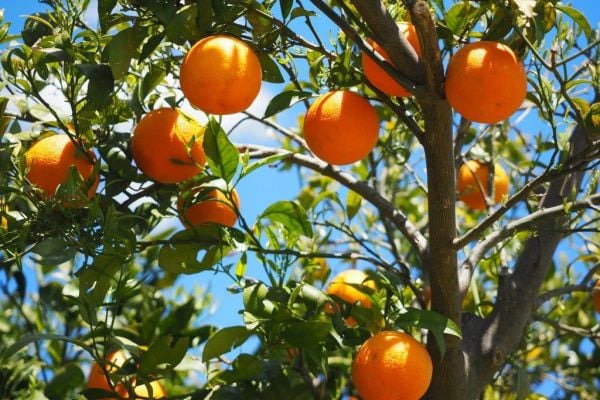Prices for orange juice rose to the highest on 31 October since future contracts started trading in New York in 1966 as an outlook for limited production in the United States, Brazil and Mexico boosted investors' interest in the product.
The January contract of frozen concentrated orange juice (FCOJ) OJc2 on the Intercontinental Exchange (ICE) hit an all-time high of $4.17 per pound during the session, before falling back to $3.83 per pound.
The contract was up 90% this year.
"Occasionally, these markets exceed our wildest expectations. Did anyone predict $4.00 orange juice? The profit potential from this trade is staggering," trader Dave Reiter with Reiter Capital Investments LLC said on X, formerly Twitter, referring to the position some investors built on the contract.
#OJ_F Occasionally, these markets exceed our wildest expectations. Did anyone predict $4.00 orange juice? The profit potential from this trade is staggering. #OrangeJuice pic.twitter.com/NnRjZRoHK8
— Dave Reiter (@TradesByDave) October 30, 2023
"OJ is very thinly traded. Not extremely hard to move the market like it is with corn or soybeans," said Darin Fessler, SVP, Market Strategist at Lakefront Futures & Options.
The January OJ position, for example, had an open interest of 8,111 lots at the end of trading on Monday. As a comparison, the most traded contract among the soft commodities, ICE's raw sugar, had over 435,000 lots in open interest.
Reduced Production
Beyond the speculative game, however, fundamentals are extremely positive, with negative weather and a bacterial disease called greening having reduced production in the three main growers Mexico, US and Brazil. Florida's production has also been hit by hurricanes in recent years.
Ibiapaba Netto, executive director at CitrusBR, the association representing Brazilian juice producers, said that a reversal of the current tight supply situation would take time, and is not certain to happen.
Brazil has a 75% share of the global orange juice trade.
Netto said fruit producers are afraid to invest to expand orchards fearing the greening disease.
"Our last large crop was five years ago. We are in a situation of basically zero stocks," he said.











